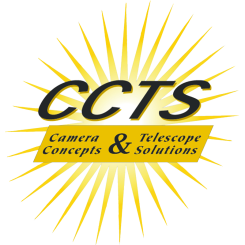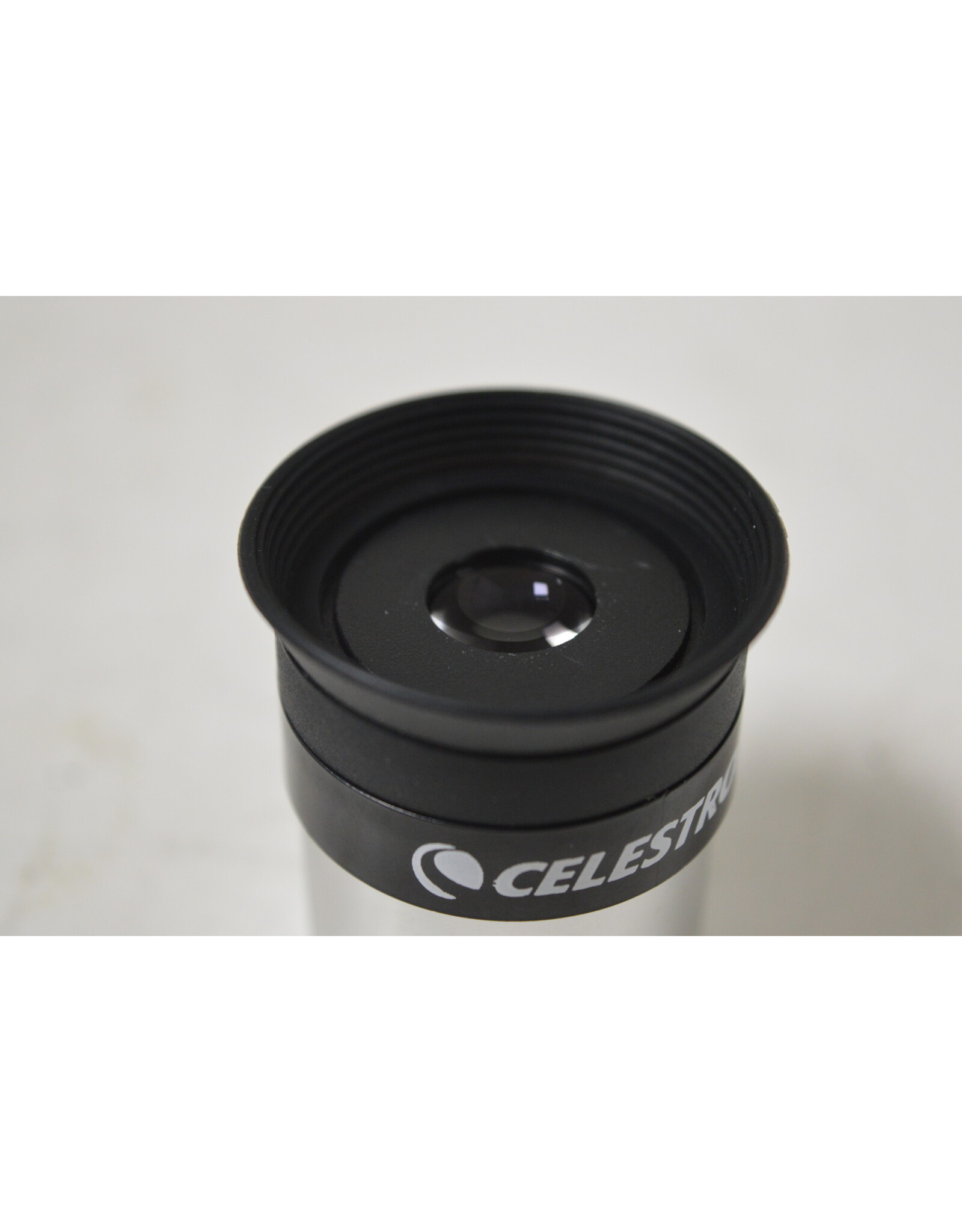A Plossl Pair of Eyepieces: Low and High Power
| Availability: | In stock |
| Delivery time: | Hurry! Buy Now before it is GONE! |
Both of these eyepieces are in excellent condition. The glass on both barlows are clear and the interior has no dust or blemishes
Here's a review of the Celestron Eyepiece-
The Celestron 10mm Eyepiece is a high-power eyepiece designed for close-up views of celestial objects. It’s typically included in many telescope accessory kits, offering detailed views of planets, the Moon, and other astronomical targets. While it’s a more budget-friendly option, it provides solid optical performance for both beginners and intermediate astronomers.
Product Overview:
- Focal Length: 10mm
- Optical Design: Most commonly available as a Plössl or Kellner eyepiece, providing a sharp and clear view with a relatively simple design.
- Apparent Field of View (AFOV): Typically around 50°, which is common for Plössl eyepieces, providing a narrow but focused view that’s ideal for high-magnification observing.
Optical Features:
- High Magnification: The 10mm focal length offers high magnification, making it perfect for zooming in on the Moon’s craters, planetary details like Jupiter’s cloud bands, and Saturn’s rings.
- Multi-Coated Optics: Depending on the specific model, Celestron’s 10mm eyepieces often feature multi-coated lenses to improve light transmission and reduce glare and reflections, ensuring bright and sharp images.
Performance and Use:
- Planetary and Lunar Observation: With high magnification, this eyepiece is best suited for detailed views of the planets and Moon. It’s excellent for seeing surface details, like the phases of Venus or the cloud bands of Jupiter.
- Narrower Field of View: As with most high-power eyepieces, the field of view is relatively narrow, which means you’ll see less of the sky at once, but it allows for zoomed-in views of specific objects.
- Bright Objects Only: Because of the high magnification, the image may appear slightly dimmer compared to lower-powered eyepieces. This makes it better suited for bright objects like the Moon and planets rather than faint deep-sky objects.
Here's a review of the Orion Eyepiece-














